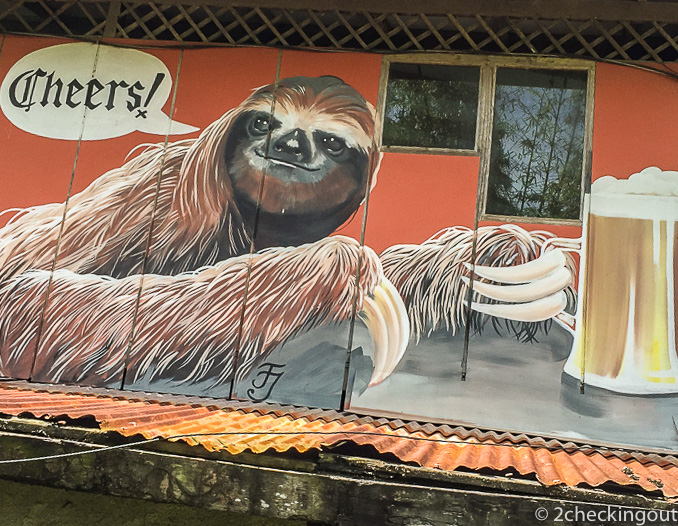
Costa Rica
Costa Rica's 51,100 square kilometres (19,700 sq. miles) territory is packed with biodiversity. It has a well-established system of national parks and protected areas, covering around 23.4% of its land mass; the largest in the world as a percentage of the country's territory. In fact, Costa Rica has only 0.03% of the world's landmass, but it is estimated to contain 5% of the world's biodiversity.*
The Central American country with two very different coastlines. The Pacific coast is more developed with large hotel chains and is popular with U.S. visitors. The Caribbean coast has a more relaxed vibe with little in the way of high rise hotels. Both have beautiful beaches.
The capital, San Jose, is home to many Spanish colonial buildings as well as cultural institutions like the Pre-Columbian Gold Museum.
Fast Facts
- In Costa Rica, a soda is a small, informal restaurant that serves chicken, beans, rice, and salad for US$2 or $3 a plate.*
- The Monteverde Cloud Forest is the home of the quetzal, the most spectacular and colourful bird in the tropics. Some 40 species of the trogon family to which the quetzal belongs inhabit the tropics worldwide, and 10 of those are found in Costa Rica. As witnessed by ancient sculptures and paintings, the quetzal’s long tail coverts were highly prized by the Aztec and Maya nobility. Mayan kings prized the green tail feathers more than gold itself.*
- You can also find 51 of the 300 hummingbird species in Costa Rica. Making it the hummingbird capital of the world.*
- The sun rises and sets in Costa Rica at the same time every day 365 days a year, due to its close proximity to the equator.*
When to Go
Costa Rica has a tropical climate year-round. However, there are many microclimates in the regions depending on geography, elevations and rainfall. It is typically drier and warmer on the Pacific coast and cooler and wetter in the mountains.
The dry season (summer) runs from December to April and the wet season (winter) runs from May to November. In the wet season some regions experience non-stop rain and hurricanes are possible.
The best time to visit is from January onwards as the peak holiday crowds disappear and prices reduce. The rains have subsided but the rainforests remain lush and green. It's also a great time for wildlife spotting with humpback whales birthing, sea turtles nesting and migratory birds arriving from the north.
July and August are also good if you don't mind the rain. It can be peaceful tourist wise and quite affordable.
Our Posts
- We maxed out in animal wow moments in one of the most ecologically diverse countries in the world. Read more in Costa Rica: 3 Weeks of Animal Magic on the Chilled Out Caribbean Coast



